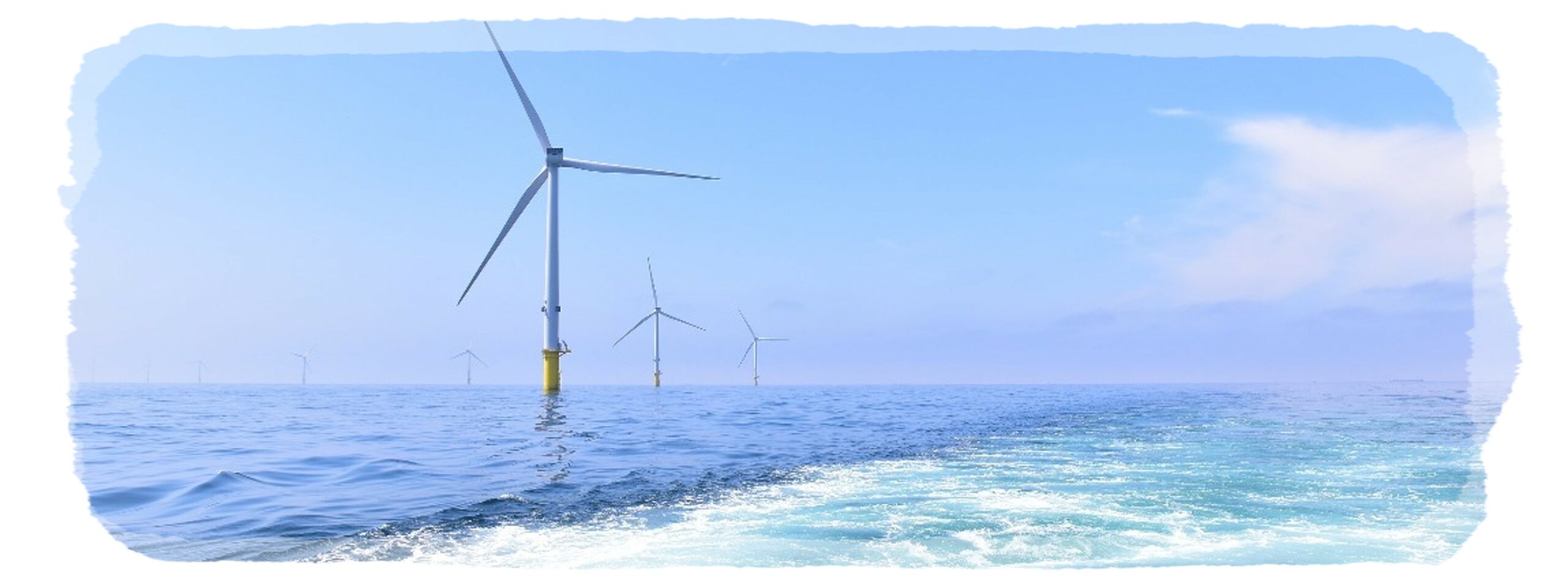Only co-use with a focus on nature restoration and nature enhancement can contribute to increasing the resilience of the North Sea

Friday 15 March 2024
Stichting De Noordzee, Natuur and Milieu, Ecowende, Vogelbescherming NL and the World Wildlife Foundation wrote a position paper about the co-use in wind farms. They offered this for discussion to the Werkgroep Medegebruik en Gebiedspaspoorten van het Noordzeeoverleg. The position paper contains several conditions that co-use in wind farms must meet, as well as a case study.
Lack of space at sea
As on land, there is a lack of space in the North Sea. If each sector used the desired amount of space, we would need at least three North Seas. Therefore, it seems efficient to combine destinations. But co-use in wind farms, for example where wind farms are also used for other forms of energy or passive fishing, is not the solution to this lack of space. If co-use does not meet certain conditions, it only puts more pressure on an already vulnerable ecosystem. Especially while tranquillity and protected areas free of human activity are necessary for a resilient North Sea.
The North Sea is under pressure
The North Sea is one of the busiest seas in the world and therefore its nature is under pressure. According to Stichting De Noordzee, nature should always be the starting point in determining what constitutes sustainable use of the sea. As such, co-use cannot be seen as a simple solution to address the climate and biodiversity crisis. The challenges in the North Sea require sustainable solutions, which on the one hand reduce the impact of human activities at sea, and on the other hand protect and enhance North Sea nature.
The rollout of offshore wind farms
To address climate change, a large-scale rollout of offshore wind farms will be deployed in the coming years. This provides sustainable energy, and reduces the consequences of climate change, such as the rising sea level and acidification. This energy transition has many impacts on the North Sea, and some of those impacts are still unknown. Currently, there are explorations and plans to use the space between wind turbines more often for co-use. For now, there are mainly small pilot projects of passive fishing, seaweed farming, nature development and other forms of energy (i.e. solar energy at sea).
The conditions of nature-friendly co-use
Only co-use with a focus on nature restoration and nature reinforcement can contribute to increasing the resilience of the North Sea. And that resilience is precisely what is needed to be able to withstand the accumulated consequences of an increasingly crowded sea, in which the roll-out of offshore wind farms plays a major role. Therefore, co-use must meet a number of conditions, including an ecosystem-based approach, adaptive management and habitat suitability mapping. Read the full recommendation in the position paper below (Dutch only).
© Image De Rijke Noordzee, copy Stichting De Noordzee
